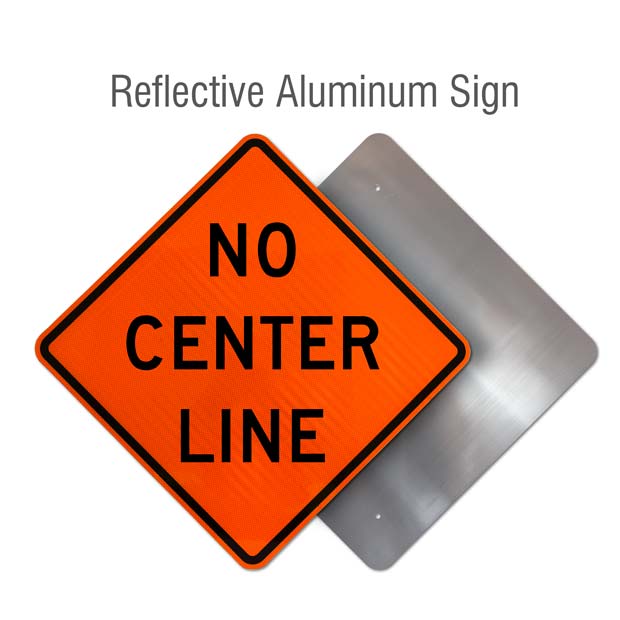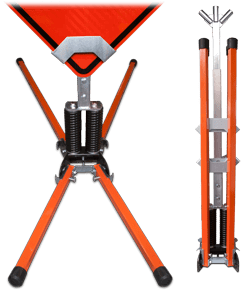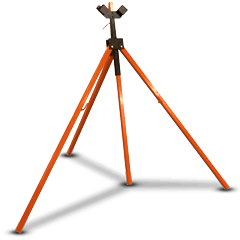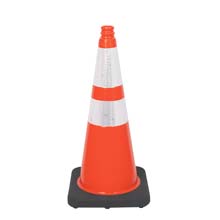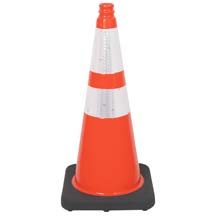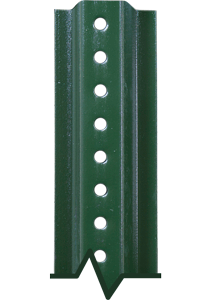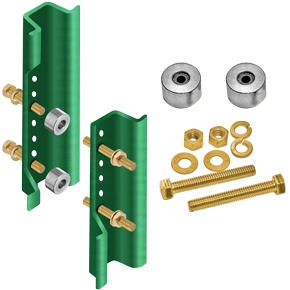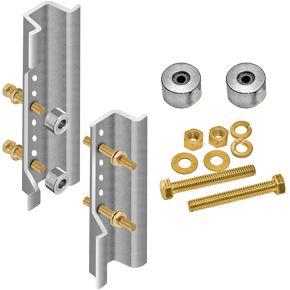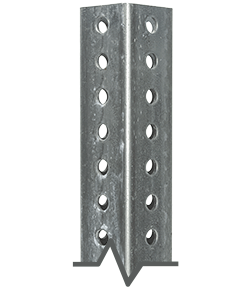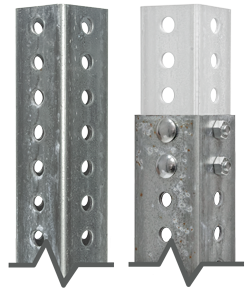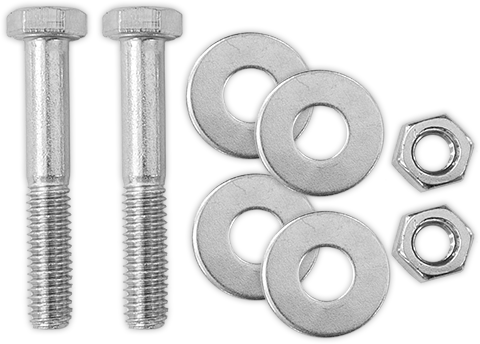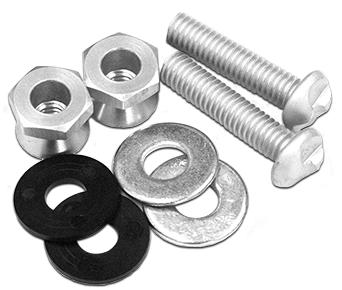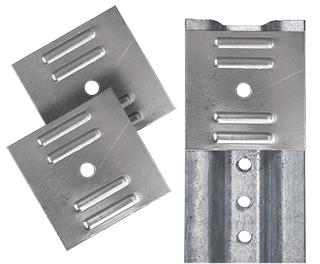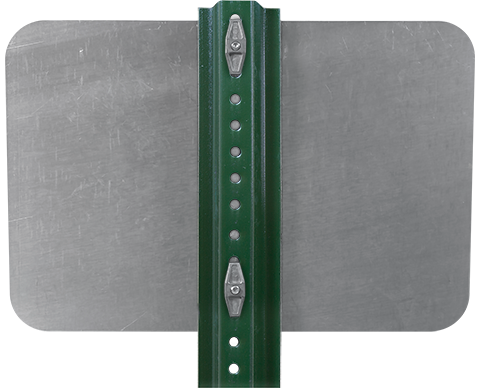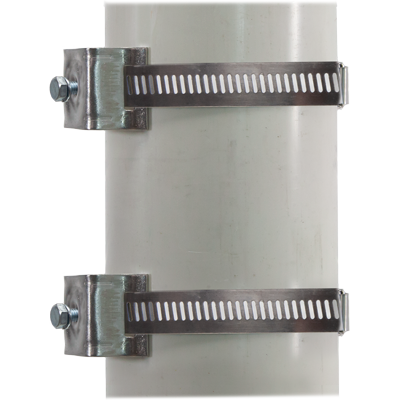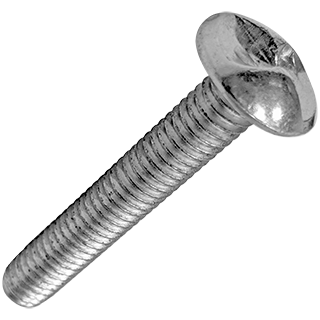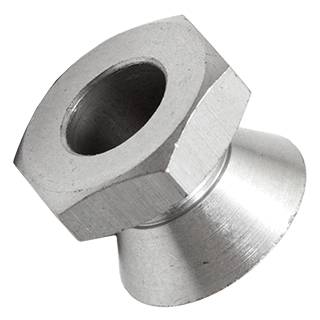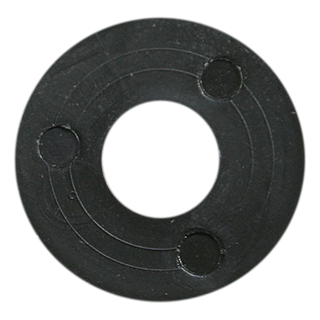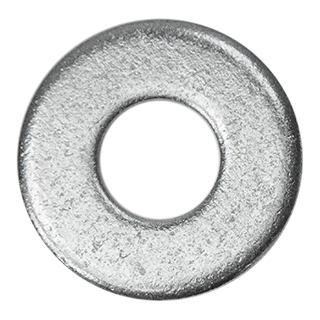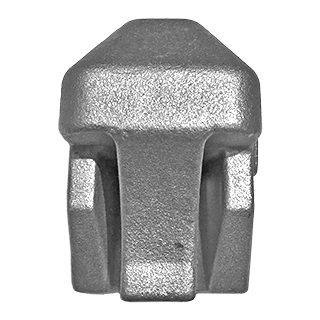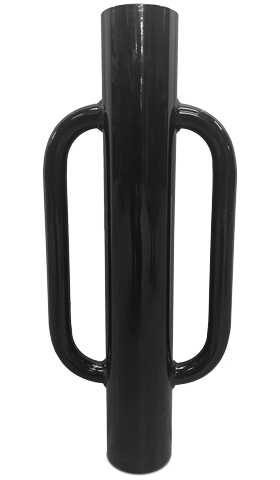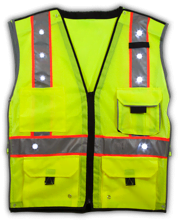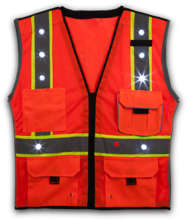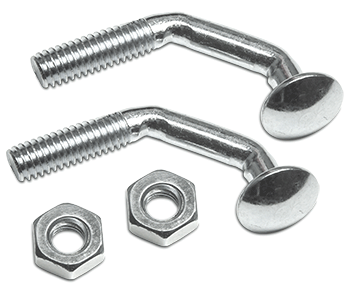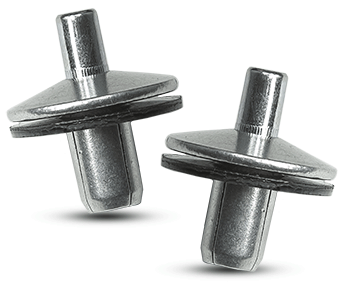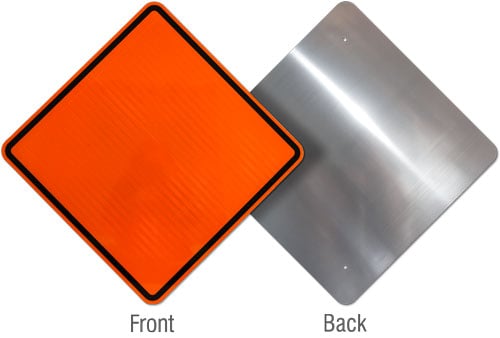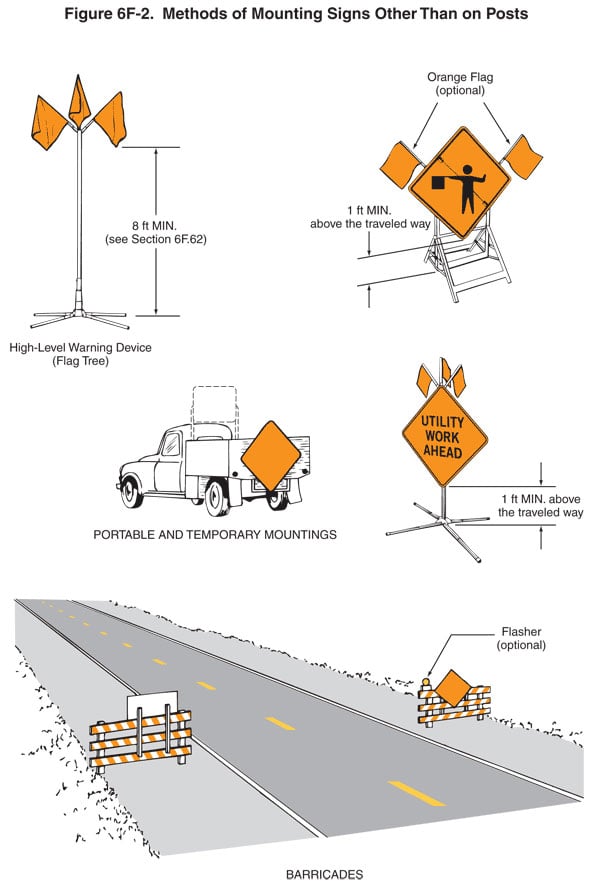Recommended Accessories
Product Information
Details
Rigid Aluminum Signs
The No Center Line Sign is MUTCD compliant (W8-12) and identifies that the upcoming road has no visible divider. The No Center Line Sign is a useful device to help display official regulations and provide mandatory information to drivers and pedestrians on both private and public roadways.

Rigid signs material grades
- .080" Fluorescent Diamond Grade Work Zone Reflective Aluminum signs are MUTCD compliant when used day or night.
Rigid Sign Bracket / Stand Compatibility
- Compatible only with Rigid Sign Brackets
- List of products on the website with Rigid Sign Brackets
Rigid Sign Features
- Sign Weight: 11 lb
- Mounting holes: 2 holes at 3/8" diameter, positioned top and bottom
MUTCD Compliance
2009 Edition Part 6 Figure 6F-2. Methods of Mounting Signs Other Than on Posts
The fourth example shows an orange diamond-shaped sign with a black border and letters with the words "UTILITY WORK AHEAD" in three lines mounted on a vertical pole that is mounted on four horizontal supports. The distance from the bottom of the sign to the bottom of the supports is labeled as "1 ft MIN. above the traveled way." At the top of the sign, three orange flags are shown mounted equidistant apart from each other on short staffs that extend out from the top of the vertical pole at 45-degree angles.
Compliance
Section 2C.34 NO CENTER LINE Sign
Option
- The NO CENTER LINE (W8-12) sign (see Figure 2C-6) may be used to warn of a roadway without center line pavement markings.
Source: 2009 MUTCD
When to Use 36″ and 48″ Temporary Warning Signs
According to the MUTCD:
| Type of Roadway | Sign Size |
|---|---|
| Conventional Road | 36 × 36″ |
| Freeway or Expressway | 48 × 48″ |
Transportation engineers may find this answer acceptable since they have a deeper understanding of the MUTCD than most, but not everyone has this knowledge. Luckily, definitions of these terms are provided to help make some sense of what they are trying to convey. Here’s how the MUTCD defines each of those types of roadways:
- "Conventional Road" is a "street or highway other than a low-volume road, expressway, or freeway."
- "Low-Volume Road" is a facility lying outside of developed areas of cities, towns, and communities, which serves fewer than 400 vehicles per day on average. A low-volume road shall not be a freeway, an expressway, an interchange ramp, a freeway service road, a road on a designated State highway system, or a residential street in a neighborhood.
- "Expressway" is a divided highway with partial control of access.
- "Freeway" is a divided highway with full control of access.
Still confused? It's not just you. Generally speaking, if the road is a divided highway with a concrete barrier or median, a 48 × 48″ sign will be required. A 36 × 36″ sign can be used on all other types of roadways.
